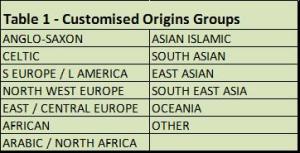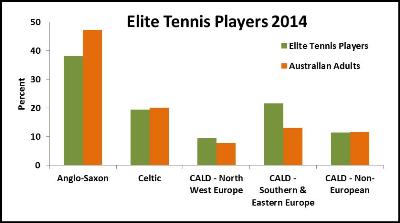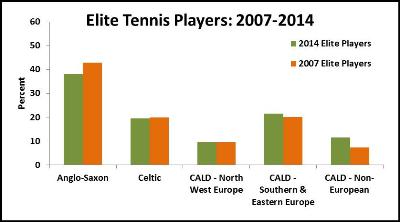Summer is the season when the world’s tennis spotlight turns towards Australia. Australian Open players and supporters come from all corners of the globe, making the event a truly international affair. But how culturally diverse are players who play competitive tennis in Australia? And how well do they reflect the nation’s growing cultural diversity?
In this piece, we continue our series looking at cultural diversity among leading players in Australian sports (see previous articles on Cricket, AFL and FFA), and profile the highest ranked tennis players from around the country.
Tennis Australia has 167,000 registered players and more than 260,000 affiliated club members, ranking it among the top three most popular participation sports in the country.1
With reference to the need for greater inclusivity in the sport, Geoff Pollard, former Tennis Australia President said, “Tennis Australia’s participation goal is to ensure that people from all backgrounds are made welcome and enjoy the tennis experience. We highly value equality of opportunity for people of all cultures and believe this is integral to the growth of our sport.”2
And with a comprehensive program to support Indigenous Australians, there is no doubting Tennis Australia’s commitment to improving inclusivity and the promotion of cultural diversity.


